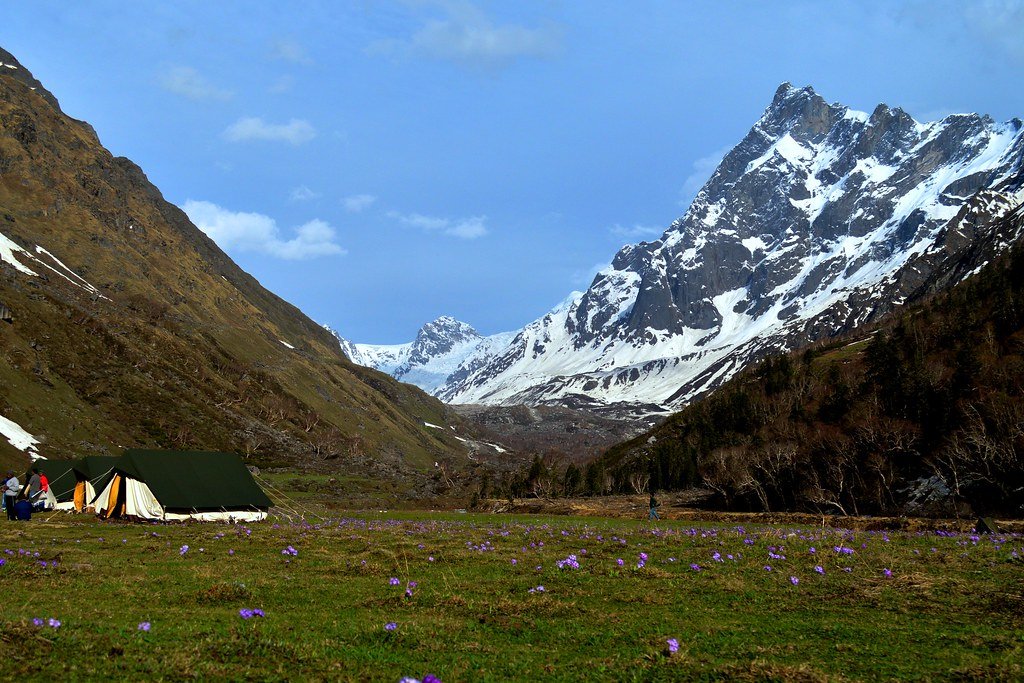Champawat: Where Time Stands Still | 18 Places To Visit In Champawat | How To Reach
Champawat, located in the Indian state of Uttarakhand, is a picturesque hill town renowned for its historical significance and natural beauty. Nestled in the Kumaon region of the Himalayas, Champawat boasts stunning landscapes, ancient temples, and tranquil surroundings. The town offers a glimpse into the rich cultural heritage of Uttarakhand, with attractions like the Baleshwar Temple and Purnagiri Temple showcasing exquisite architectural marvels and religious fervor. Champawat is also known for its scenic views of the Himalayan peaks and lush greenery, making it a favored destination for nature lovers and adventure enthusiasts alike.

Best Places To Visit In Champawat:
The town boasts the ancient Baleshwar Temple, renowned for its architecture, and the Kranteshwar Mahadev Temple, offering panoramic views. Nature enthusiasts can explore the Champawat Tiger Reserve, home to diverse wildlife. History buffs will appreciate the Champawat Fort, reflecting the region’s rich heritage. Champawat is a tranquil retreat with attractions for every traveler, making it an ideal destination for those seeking peace and natural beauty.
Here are some places to visit in Champawat:
1. Abbott Mount
Abbott Mount, nestled in the Champawat district of Uttarakhand, is a serene hill station surrounded by lush forests and offering panoramic views of the Himalayan peaks. This quaint and picturesque destination is known for its tranquil ambiance, making it an ideal retreat for nature lovers and those seeking solace amidst the mountains. Abbott Mount is adorned with charming colonial-era cottages and churches, adding to its old-world charm. Visitors can indulge in leisurely walks amidst pine forests, explore the nearby lakes, or simply relax and soak in the serene atmosphere. The breathtaking sunrise and sunset views from Abbott Mount are a highlight, casting a magical glow over the surrounding landscape. It’s a perfect getaway for travelers looking to unwind and rejuvenate amidst the serene beauty of nature.
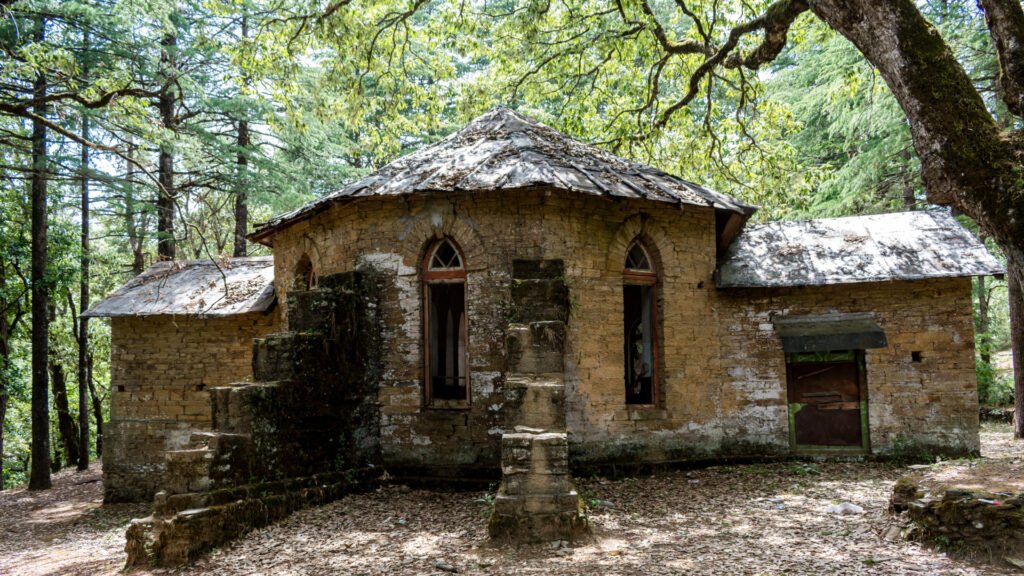
2. Baleshwar Temple
Baleshwar Temple is a revered Hindu shrine dedicated to Lord Shiva. Situated amidst serene surroundings, this ancient temple is known for its historical significance and architectural beauty. The temple’s architecture reflects the rich cultural heritage of the region, featuring intricate stone carvings and exquisite craftsmanship. Devotees and tourists visit Baleshwar Temple to seek blessings, admire the architectural marvel, and soak in the spiritual ambiance. The tranquil setting and religious aura make it a must-visit destination for those exploring Champawat and its cultural heritage.
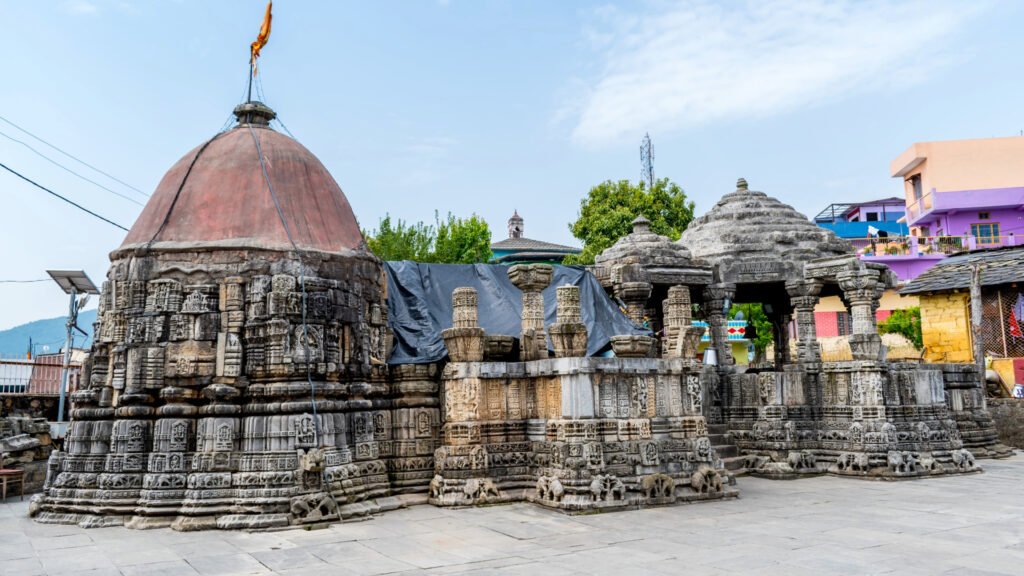
3. Advaita Ashrama
Advaita Ashrama is a renowned spiritual center founded by Swami Vivekananda in 1899. This ashram is dedicated to the teachings of Vedanta and aims to promote spiritual upliftment and self-realization among its visitors. Set amidst the serene Himalayan landscape, Advaita Ashrama offers a tranquil environment for meditation, reflection, and study of Vedantic philosophy. The ashram also houses a library with a vast collection of books on spirituality, philosophy, and literature. Visitors often come here to seek solace, engage in spiritual practices, and participate in various programs and events organized by the ashram. With its peaceful ambiance and emphasis on spiritual growth, Advaita Ashrama is a haven for seekers of inner peace and enlightenment.
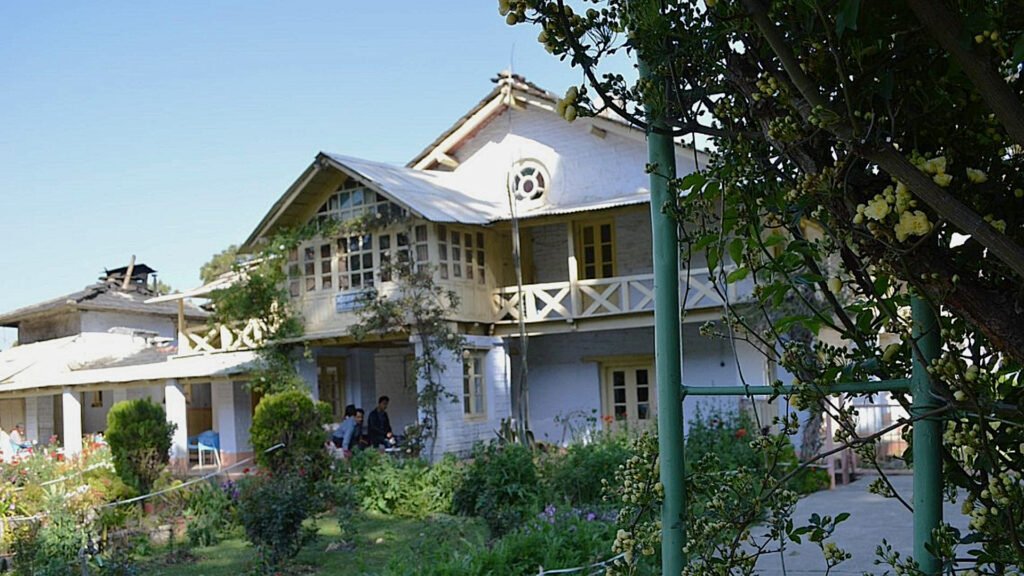
4. Maa Barahi Temple
Maa Barahi Temple is a revered Hindu shrine dedicated to the goddess Barahi Devi. Perched atop a hill, the temple offers stunning panoramic views of the surrounding valleys and mountains. Devotees flock to this sacred site to seek blessings from Maa Barahi, believed to be an incarnation of Goddess Durga. The temple holds great religious significance and attracts pilgrims from far and wide, especially during the Navratri festival. Its serene ambiance and architectural beauty make it not only a place of worship but also a popular tourist destination in Champawat. Visitors can immerse themselves in spirituality, admire the intricate carvings and sculptures adorning the temple, and enjoy the tranquility of the natural surroundings.
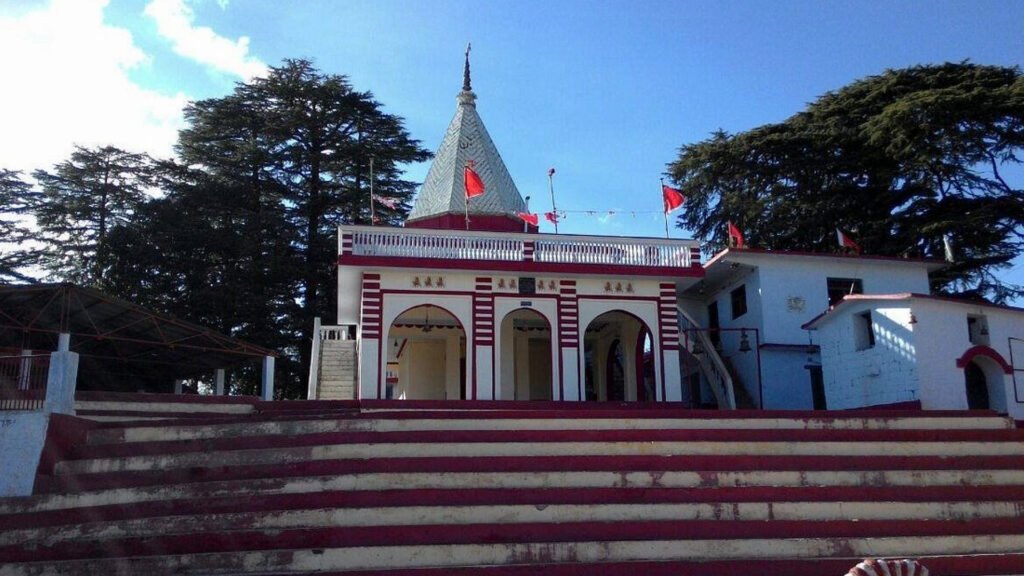
5. Banasur Ka Kila
Banasur Ka Kila is a historical fort believed to have been constructed by Banasur, a mythical figure from Hindu mythology. Perched atop a hill, the fort offers panoramic views of the surrounding valleys and hills, making it a popular tourist attraction. The fort’s architecture reflects its ancient origins, with remnants of its former glory evident in its stone walls and structures. Visitors can explore the fort’s ruins, which include dilapidated walls, gateways, and bastions, providing a glimpse into its rich history. Banasur Ka Kila is not only a site of historical significance but also a vantage point for enjoying the natural beauty of Champawat, making it a must-visit destination for history enthusiasts and nature lovers alike.
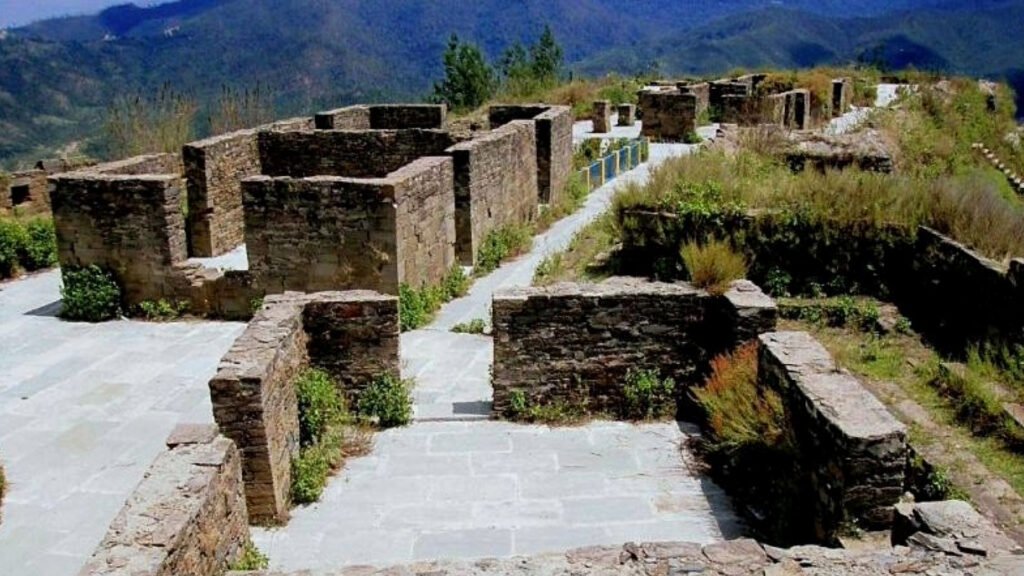
6. Vivekananda Ashram Shyamla Tal
Vivekananda Ashram Shyamla Tal is a serene retreat nestled amidst the Himalayan foothills. This ashram holds historical significance as it is believed to be the place where Swami Vivekananda meditated during his visit to the region in 1897. Surrounded by lush greenery and tranquil surroundings, the ashram offers a peaceful ambiance for spiritual reflection and meditation. Visitors can explore the ashram’s grounds, which include a meditation hall, a library, and accommodation facilities for spiritual seekers and tourists. The picturesque Shyamla Tal (lake) nearby adds to the charm of the ashram, providing a serene setting for contemplation and relaxation. Vivekananda Ashram Shyamla Tal is not only a place of spiritual significance but also a haven for those seeking solace amidst nature’s beauty.
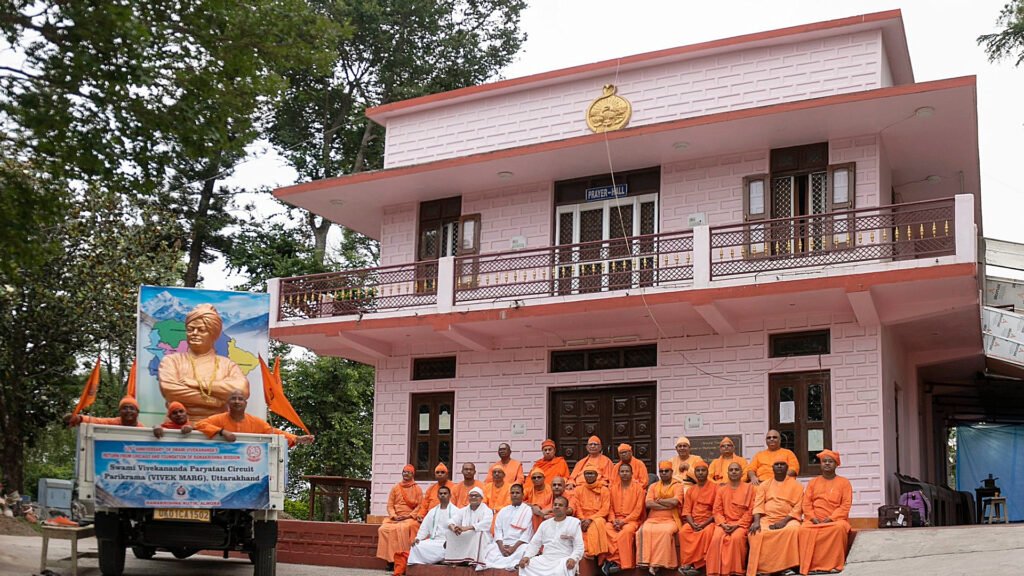
7. Mayawati Ashram
Mayawati Ashram is a revered spiritual center founded by Swami Vivekananda in 1899. This serene ashram is nestled amidst the picturesque Kumaon hills, offering breathtaking views of the surrounding Himalayan landscape. It serves as a retreat for spiritual seekers, providing opportunities for meditation, introspection, and self-discovery. The ashram also houses a temple dedicated to Sri Ramakrishna Paramahamsa, along with meditation halls, a library, and accommodations for visitors. Mayawati Ashram is known for its tranquil ambiance, where visitors can immerse themselves in prayer and contemplation away from the hustle and bustle of city life. It holds regular discourses, yoga sessions, and spiritual retreats, attracting devotees and seekers from all over the world.
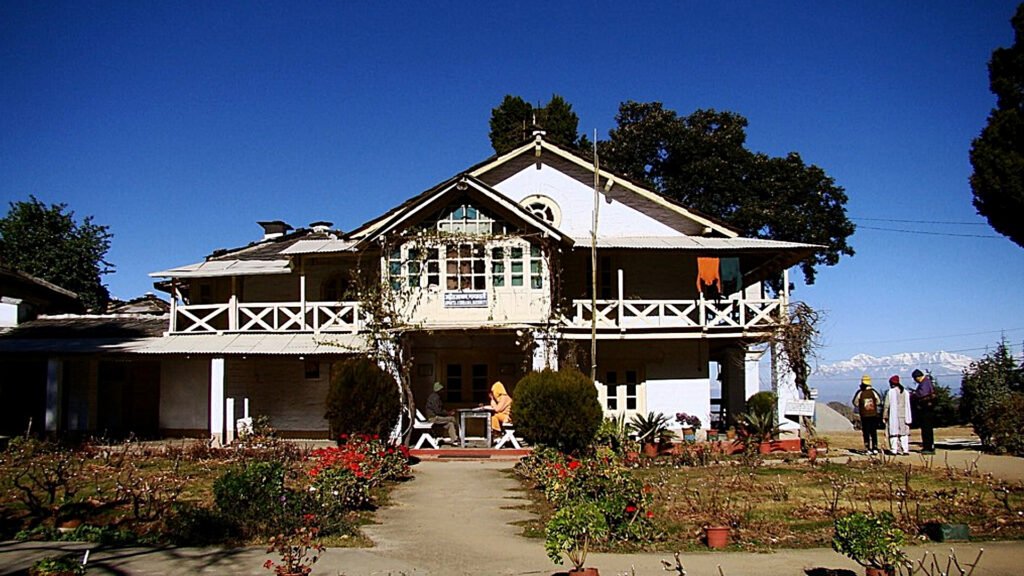
8. Aditya Temple
Aditya Temple is a revered Hindu shrine dedicated to the Sun God, Surya. Perched atop a hill, the temple offers panoramic views of the surrounding valleys and snow-capped Himalayan peaks. The temple architecture reflects traditional Himalayan style, adorned with intricate carvings and sculptures. Devotees flock to this sacred site to offer prayers and seek blessings for prosperity and well-being. The tranquil ambiance and serene surroundings make Aditya Temple a popular destination for spiritual seekers and tourists alike.
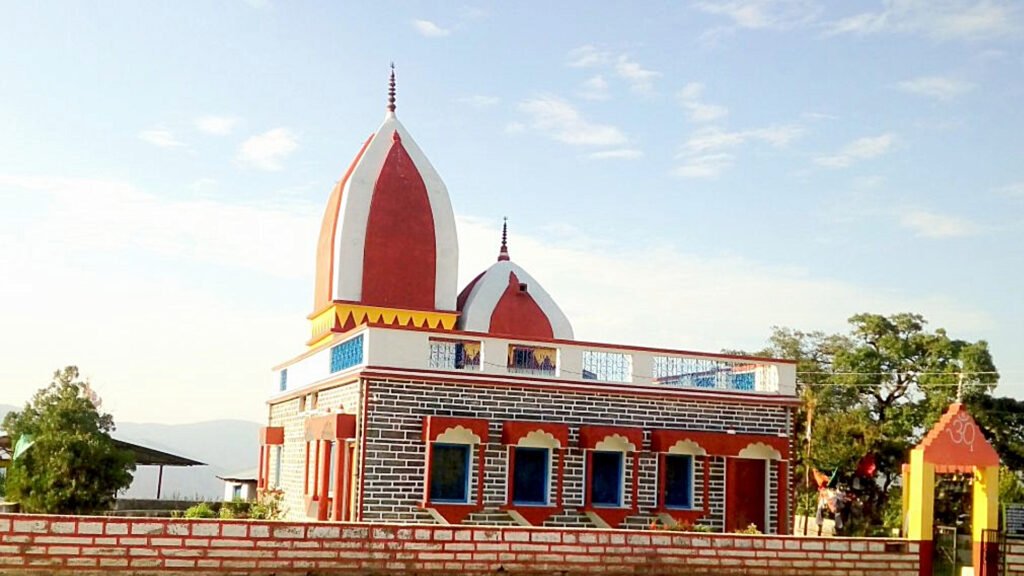
9. Nagnath Temple
Nagnath Temple is an ancient Hindu temple dedicated to Lord Shiva. Nestled amidst scenic surroundings, the temple is renowned for its architectural beauty and spiritual significance. Devotees visit this sacred site to offer prayers and seek blessings from Lord Shiva, the presiding deity known as Nagnath. The temple’s serene ambiance and tranquil atmosphere provide a peaceful retreat for meditation and introspection. Surrounded by lush greenery and serene natural beauty, Nagnath Temple offers visitors a serene and spiritually uplifting experience.
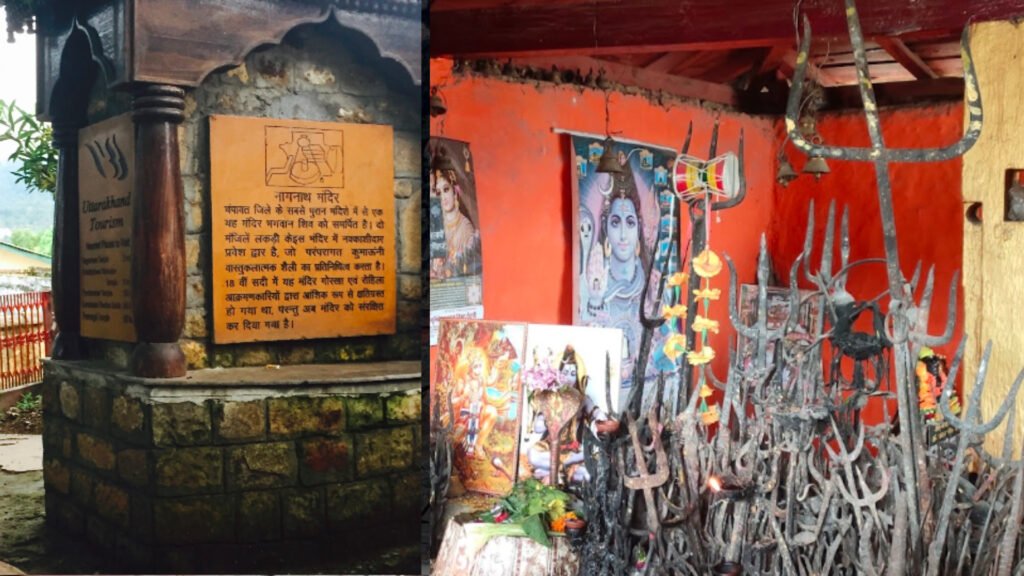
10. Chaumu Temple
Chaumu Temple is a revered Hindu shrine dedicated to Goddess Durga. This ancient temple holds great religious significance and attracts devotees from far and wide. The temple’s architecture reflects traditional Himalayan style, with intricate carvings adorning its facade. Devotees visit Chaumu Temple to seek blessings from Goddess Durga for prosperity, protection, and well-being. The tranquil surroundings and spiritual ambiance make it an ideal place for meditation and prayer. The temple’s serene atmosphere and panoramic views of the surrounding landscape add to its allure, offering visitors a peaceful and enriching experience.
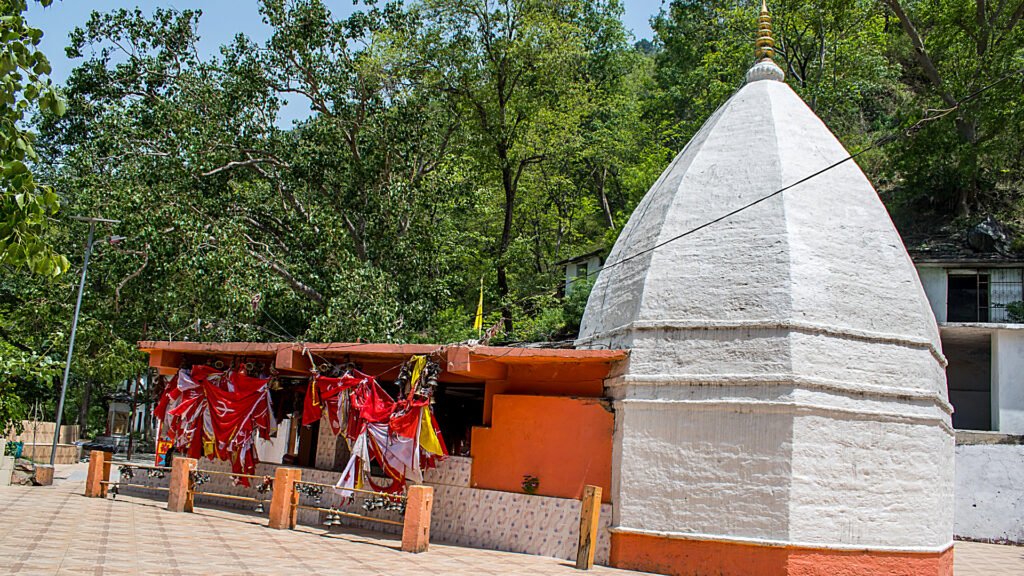
11. Kranteshwar Mahadev Temple
Kranteshwar Mahadev Temple is a revered Hindu shrine dedicated to Lord Shiva. Perched atop a hill, this ancient temple offers panoramic views of the surrounding mountains and valleys, making it a popular pilgrimage destination and a scenic spot for tourists. The temple’s architecture showcases intricate stone carvings and intricate designs, reflecting the rich cultural heritage of the region. Devotees flock to Kranteshwar Mahadev Temple to seek blessings from Lord Shiva and to witness the divine ambiance of the sacred site. The tranquil surroundings and spiritual atmosphere make it an ideal place for meditation and introspection. Visitors can embark on a short trek to reach the temple, enjoying the natural beauty and serenity of the Himalayan landscape along the way.
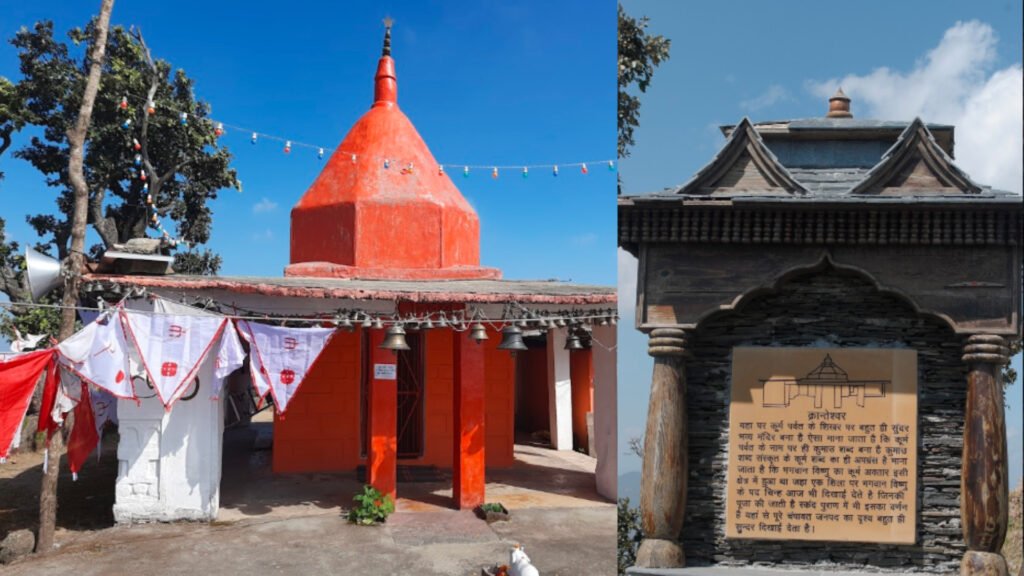
12. Ek Hathiya Ka Naula
Ek Hathiya Ka Naula is a historic stepwell known for its unique architecture and cultural significance. The name “Ek Hathiya Ka Naula” translates to “Stepwell of a Single Elephant,” referring to the massive stone structure resembling the footprint of an elephant. This ancient water reservoir served as a vital source of water for the local community and travelers passing through the region. The stepwell features intricately carved stone pillars, arches, and sculptures, showcasing the craftsmanship of bygone eras. Visitors can marvel at the architectural beauty of Ek Hathiya Ka Naula while learning about its historical importance in providing water to the surrounding area. Today, the stepwell stands as a testament to the ingenuity of traditional water management systems and attracts tourists interested in exploring the region’s heritage.

13. Patal Rudreshwar
Patal Rudreshwar is a revered cave temple dedicated to Lord Shiva. The name “Patal Rudreshwar” translates to “Lord Rudra’s Underground Abode,” highlighting its mystical and sacred significance. Situated amidst lush greenery and serene surroundings, the temple is renowned for its natural beauty and spiritual ambiance. Visitors descend into the cave, navigating through narrow passages adorned with stalactites and stalagmites, to reach the sanctum sanctorum where the Shivlinga (phallic representation of Lord Shiva) is enshrined. Devotees and tourists alike flock to Patal Rudreshwar to seek blessings, meditate, and experience the divine energy believed to permeate the surroundings. The tranquil atmosphere of the cave temple offers a peaceful retreat for spiritual seekers and nature enthusiasts, making it a must-visit destination in Champawat.
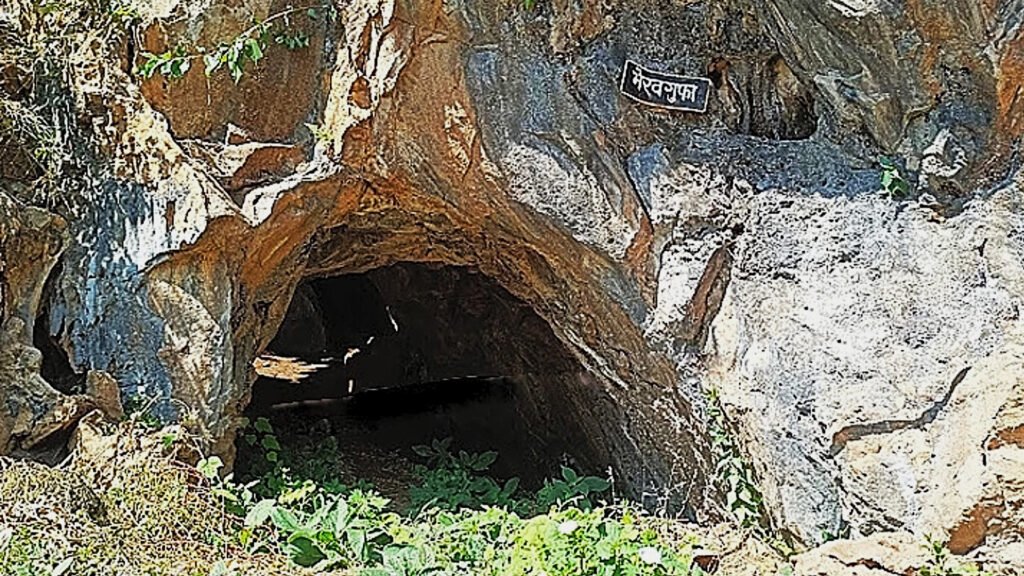
14. Reetha Meetha Sahib
Reetha Meetha Sahib is a revered Sikh gurdwara dedicated to Guru Nanak Dev Ji, the founder of Sikhism. The name “Reetha Meetha” translates to “bitter-sweet,” signifying the harmony and balance that the gurdwara represents. The gurdwara holds historical significance as Guru Nanak Dev Ji is believed to have visited this site during his travels. Devotees gather here to pay their respects, offer prayers, and partake in langar (community meal). The serene surroundings of Reetha Meetha Sahib, nestled amidst picturesque landscapes, create a tranquil ambiance conducive to meditation and spiritual reflection. Pilgrims and visitors are welcomed with warmth and hospitality, embodying the spirit of unity and compassion espoused by Sikhism. Reetha Meetha Sahib is not only a religious site but also a symbol of peace, harmony, and inclusivity, making it a cherished destination in Champawat.
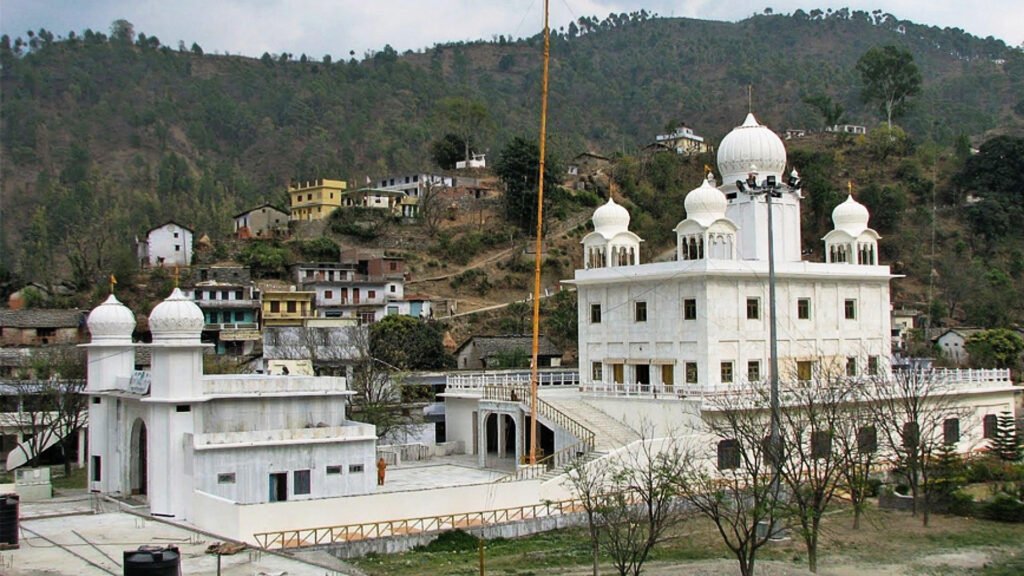
15. Golu Devta / Gwal Devta
Golu Devta, also known as Gwal Devta, is a revered deity worshipped. This ancient temple dedicated to Golu Devta is situated atop a hill, offering panoramic views of the surrounding valleys and forests. Golu Devta is believed to be an incarnation of Lord Shiva and is revered as the presiding deity of justice and righteousness. Devotees flock to this temple to seek blessings, offer prayers, and make vows, believing that Golu Devta grants swift justice and fulfills their wishes. The temple walls are adorned with thousands of bells, offered by devotees as a symbol of gratitude for answered prayers. The atmosphere is charged with devotion and spirituality, making it a sacred pilgrimage site for locals and tourists alike. The legend of Golu Devta’s miracles and divine intervention continues to inspire faith and reverence among devotees, making the temple a significant cultural and religious landmark in Champawat.
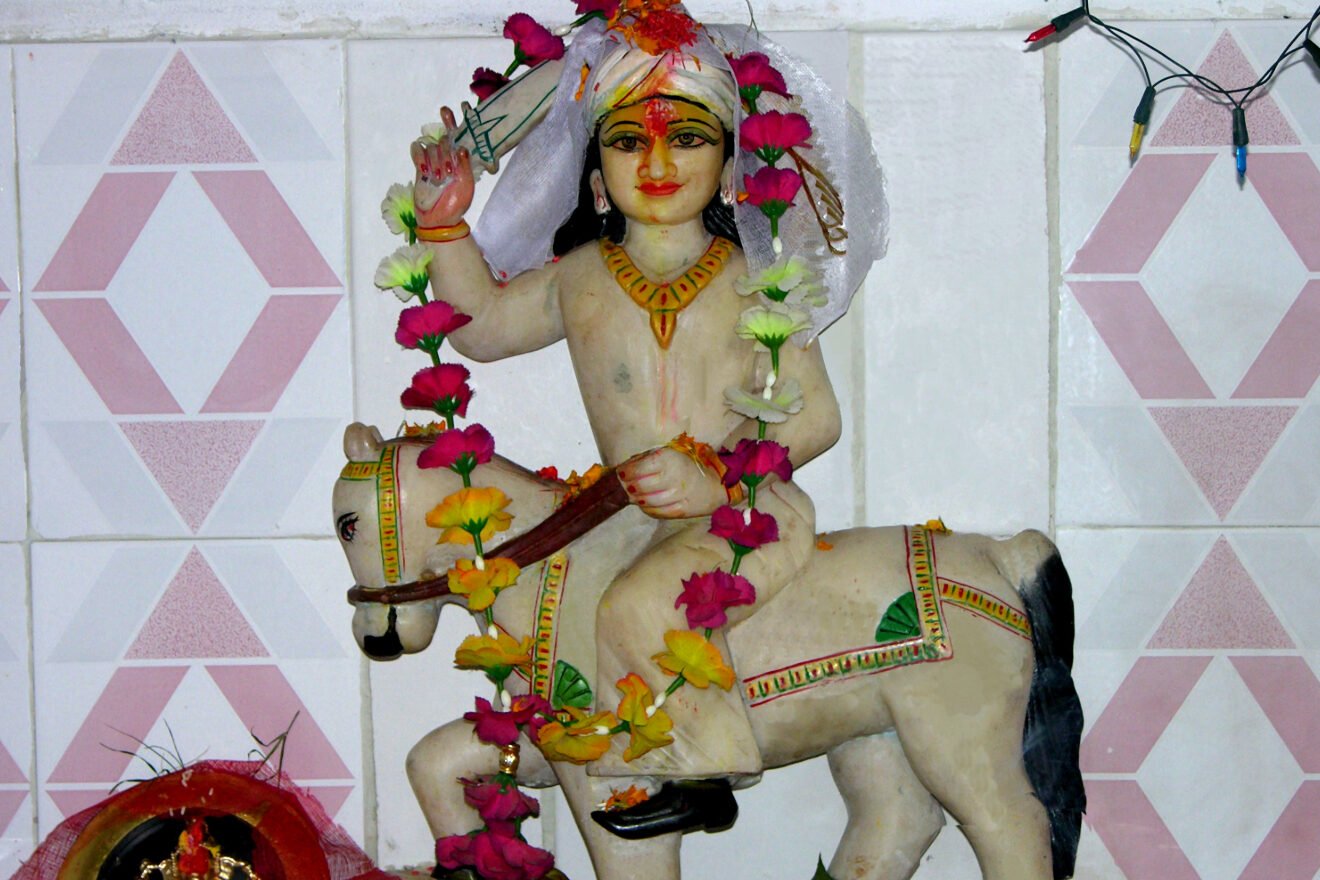
16. Pancheshwar Dam
Pancheshwar Dam is a significant hydroelectric project constructed on the confluence of the Saryu and Mahakali rivers. This multipurpose dam serves as a vital source of hydroelectric power generation, irrigation, and flood control in the region. The dam’s reservoir also facilitates water supply for agricultural purposes and supports local ecosystems. Moreover, Pancheshwar Dam is renowned for its scenic beauty, surrounded by lush green hills and offering panoramic views of the river valleys. It attracts tourists and nature enthusiasts who visit to admire the landscape, indulge in recreational activities like boating and fishing, and witness the mesmerizing sunset over the reservoir. Additionally, the dam site holds religious significance as it is believed to be the confluence of the Saryu and Mahakali rivers, making it a sacred pilgrimage destination for devotees. Pancheshwar Dam thus stands as both a symbol of development and a natural attraction, contributing to the socio-economic growth and tourism potential of Champawat district.
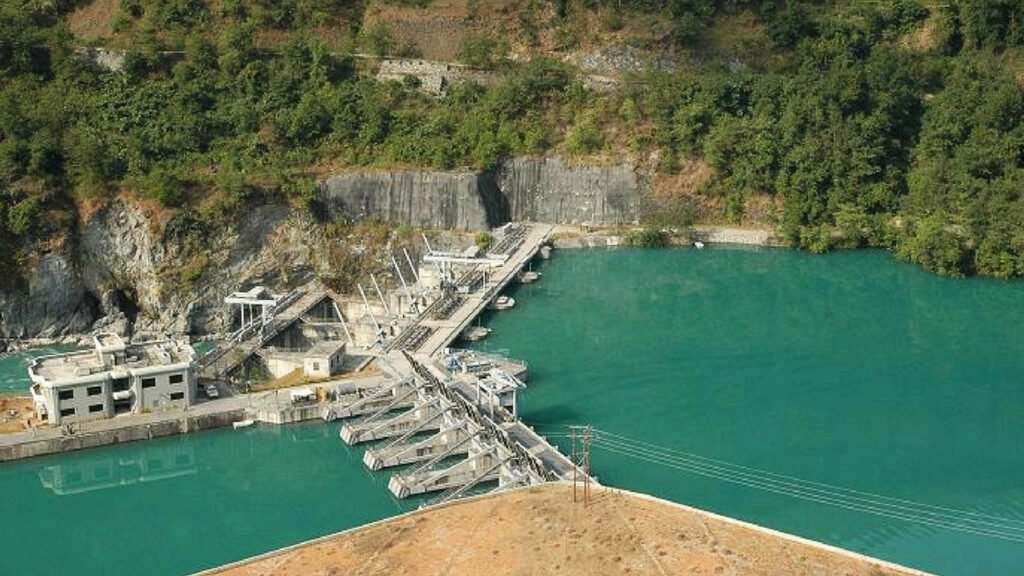
17. Lohaghat
Lohaghat is a serene hill station renowned for its natural beauty and cultural heritage. Situated amidst picturesque surroundings, Lohaghat offers breathtaking views of the Himalayas and lush green valleys. The town is dotted with ancient temples, including the Advaita Ashrama, dedicated to Swami Vivekananda, and the Vanasur Fort, steeped in mythology. Visitors can explore the quaint streets lined with colonial-era buildings and vibrant markets, experiencing the rich local culture and traditional way of life. Lohaghat is also a gateway to several trekking trails and nature walks, making it a haven for adventure enthusiasts and nature lovers. With its tranquil ambiance, stunning vistas, and historical significance, Lohaghat beckons travelers seeking solace amidst nature and a glimpse into the region’s rich heritage.
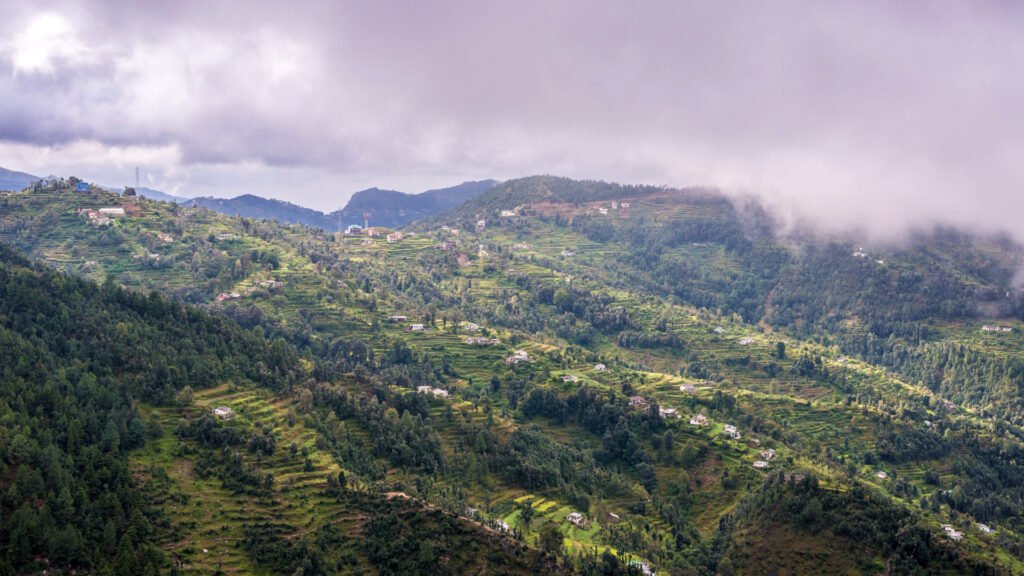
18. Ghatotkach Temple Champawat
Ghatotkach Temple is a revered Hindu shrine dedicated to Ghatotkach, the son of Bhima and Hidimba from the epic Mahabharata. Situated amidst scenic surroundings, the temple attracts devotees and tourists alike who come to seek blessings and witness its historical and religious significance. The temple architecture showcases the traditional Himalayan style, and its serene ambiance offers visitors a tranquil retreat. Pilgrims often visit to pay homage to Ghatotkach, seeking his blessings for protection and prosperity. The temple’s cultural and religious importance, coupled with its natural beauty, makes it a must-visit destination in Champawat for spiritual seekers and history enthusiasts alike.
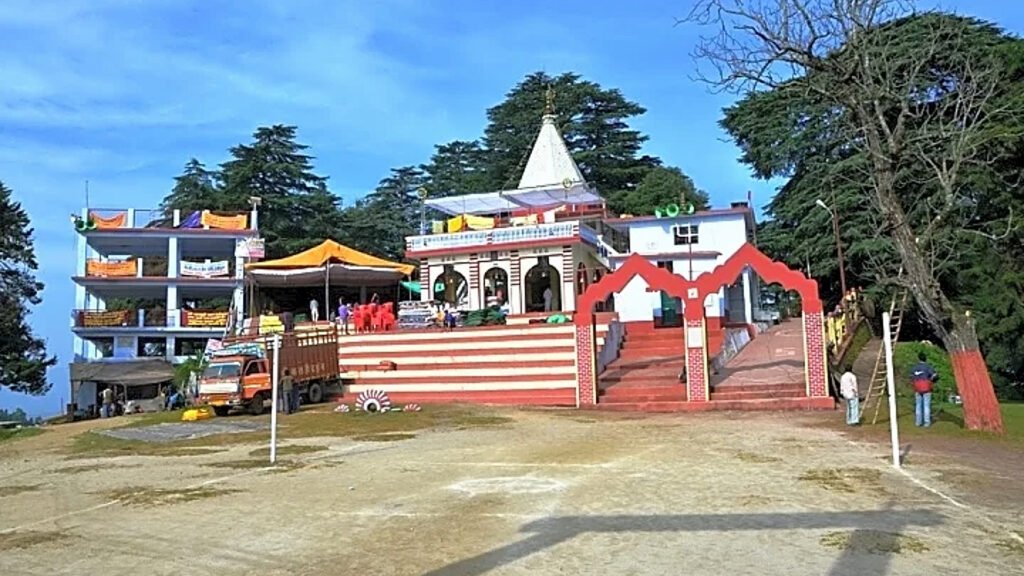
These were some places to visit in Champawat. Hope you liked it. Have a safe journey!
How To Reach Champawat From Delhi
- By Air: The nearest airport to Champawat is Pantnagar Airport, located about 210 kilometers away. From Delhi, you can take a flight to Pantnagar Airport, and then continue your journey to Champawat by taxi or bus.
- By Train: There is no direct train connectivity to Champawat. However, you can take a train from Delhi to Kathgodam Railway Station, which is the nearest major railway station to Champawat, located around 180 kilometers away. From Kathgodam, you can hire a taxi or take a bus to reach Champawat.
Here’s a table with details of trains from Delhi to Champawat, including their names, numbers, starting stations, durations, and approximate charges:
| Train Name & Number | Starting Station | Duration | Ending Station | Approximate Charges |
|---|---|---|---|---|
| KGM SHTBDI EXP (12040) | NDLS (Delhi) | 4h 25m | LKU (Lal Kuan) | Starting from ₹640 |
| UTR SAMPRK KRTI (15035) | DLI (Delhi) | 5h 22m | LKU (Lal Kuan) | Starting from ₹110 |
| RANIKHET EXP (15013) | DEC (Delhi Cantt) | 7h 19m | LKU (Lal Kuan) | Check availability |
| PURANGIRI JANST (12036) | DSA (Delhi Shahdara) | 9h 22m | TPU (Tanakpur) | Starting from ₹185 |
| ANVT LKU EXP (15060) | ANVT (Delhi) | 6h 55m | LKU (Lal Kuan) | Starting from ₹115 |
These trains offer various options for your journey to Champawat. Remember to check availability and book your tickets in advance. You can check on the official website of Indian Railway: IRCTC Safe Travels! 🚆🌟
- By Road: Champawat is well-connected to Delhi by road. You can drive or hire a taxi from Delhi to Champawat, which is approximately 400 kilometers away. The journey takes around 10-12 hours, depending on the route and traffic conditions. You can also take a bus from Delhi to Champawat, with regular bus services available.
- Book A Cab: you can book a cab from our website along with a customized itinerary or can hire just a cab for your next trip. So just do hurry. Call Us On: +911223577273
Best Time To Visit Champawat:
The best time to visit Champawat is from March to June and September to November. During these periods, the weather is pleasant and comfortable, with temperatures ranging from 15°C to 30°C in spring and 10°C to 25°C in autumn. These seasons offer ideal conditions for exploring Champawat’s attractions, enjoying outdoor activities, and experiencing the region’s natural beauty. Additionally, these months are less crowded, allowing visitors to immerse themselves fully in the tranquility of Champawat.



